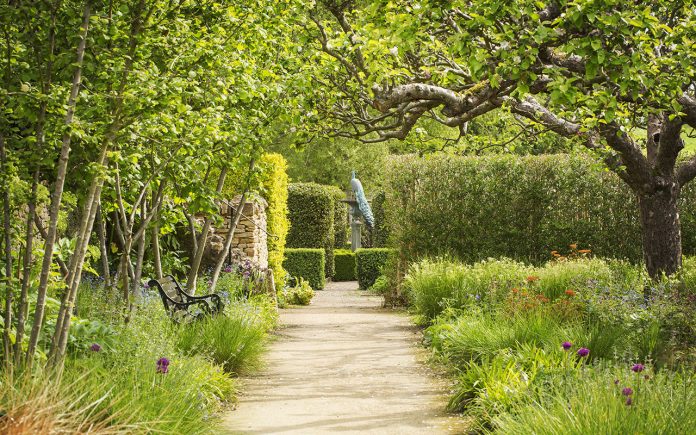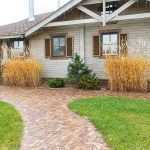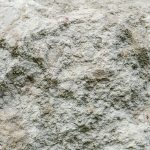Undoubtedly, one of the most practical decorative elements of the garden are the borders, which allow you to separate different areas and even delimit a path. The most common is that they are made from plants and shrubs to complement the trees and flowers that are already in the garden.
In other words, the border consists of the creation of a low corridor or strip, which is made from natural elements, although artificial elements can also be used, such as stone or terracotta. In addition to separating garden areas and preventing soil, stones, and roots from mixing, these boundary markers can also provide sustenance to land of a certain height.
Embroidery with plants and flowers
If you want to create a border with plants and flowers, you’ll need to decide if you want it to be made up of specimens of the same type or if you want to mix different varieties. In the first case, the border will be easier to maintain and shape. On the other hand, with mixed border you can achieve more eye-catching and beautiful results, even if it is more difficult to maintain and shape.
On the other hand, it is important to avoid plants that reach a lot of height or that take up a lot of space, as they can invade the path or other plants, giving a feeling of overwhelm.
Embroidery with artificial elements
You can also make a garden border with elements such as stone or terracotta. All you have to do is place them in the areas you want to delimit and place the plants inside. Clay and metal netting can also be useful for making borders.
We want to make a special mention of terracotta, whose warm color and resistance make it a very practical and durable element. To border with terracotta you can use small slabs or build planters, using slabs of different sizes to create a flat boundary of an area of the garden.
If you want to read similar articles to How to make a garden border, we recommend that you visit our Garden Care category.










